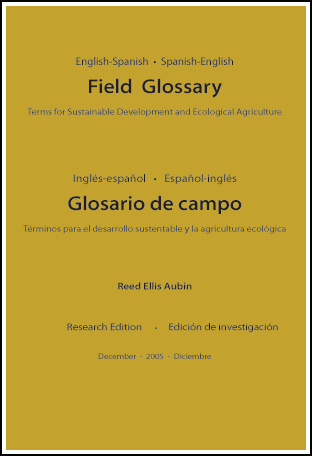Soil
Compost 101 at Moreno Farms, Minneapolis
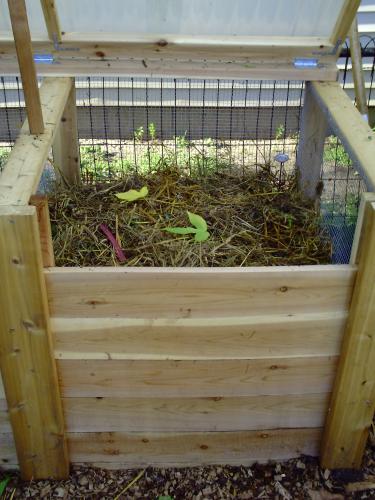 Reed Aubin of Understory held a "how to compost" class 8-12-2010 at Moreno Farms, Minneapolis. We were unable to provide complete information at the workshop, so we will followup here with some additional tips and tidbits.
Reed Aubin of Understory held a "how to compost" class 8-12-2010 at Moreno Farms, Minneapolis. We were unable to provide complete information at the workshop, so we will followup here with some additional tips and tidbits.
After the workshop was rained out, Reed recorded a 16-minute video about How to Build a Hot Compost Pile.
Diary of a Compost Pile
Compost Pile #2 at Moreno Farms
Began August 12, 2010
Finished August 14, 2010
Dimensions: 3'x3' base by 2.5' tall.
Contained in 3'x3'x3' wire mesh compost bin.
Contents:
- Browns: Straw, alfalfa hay, white ash leaves.
- Greens: Fleshy yard waste including turnip tops, bolted mustard greens, tomato prunings, weeds such as oxalis and lambsquarters, young grasses, etc.; some more fibrous weeds; kitchen scraps. Addition of approx. 200 mL urine 2x daily, as available.
On day 4, August 5 the pile reached 140˚F
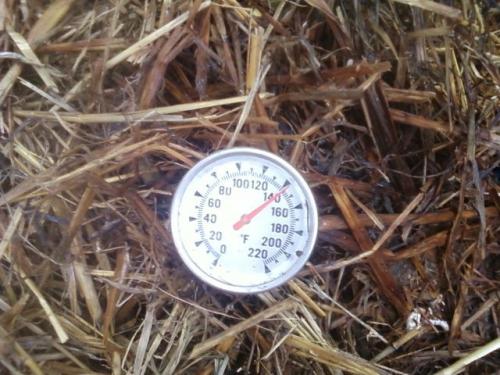
Types of Compost Bins
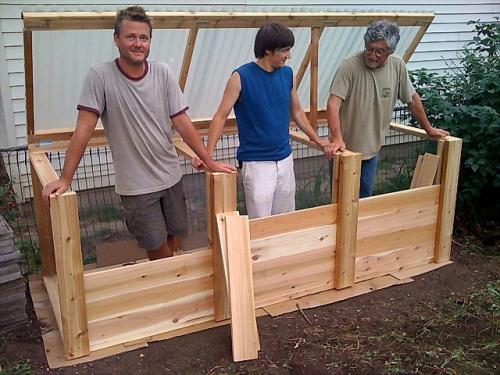 Many different models for compost systems exist. We recommend having at least two 3'x3' bins, which allows for one batch of compost to finish curing while a new batch is being built.
Many different models for compost systems exist. We recommend having at least two 3'x3' bins, which allows for one batch of compost to finish curing while a new batch is being built.
Features to look for include:
- venting and air-flow into the bin (mesh or vented sides)
- cover from rain and snow
- durability (cedar or other weather-resistant wood)
- moving parts (the fewer moving parts, the less there is to break)
- ease of access for turning (especially if doing hot compost) and harvest
Questions you may ask yourself to help select a model are:
Composting: Water Considerations
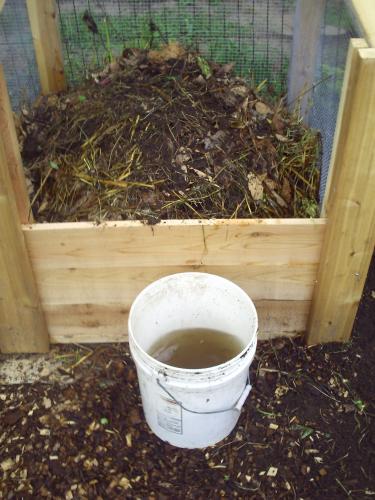 It is important to provide moist conditions for a hot compost to reach its potential. The challenge is to create conditions that are neither too wet nor too dry. Your best bet is to cover the pile with an impermeable material, and provide external water it as needed. The moisture should be even and consistent, like well-drained garden soil.
It is important to provide moist conditions for a hot compost to reach its potential. The challenge is to create conditions that are neither too wet nor too dry. Your best bet is to cover the pile with an impermeable material, and provide external water it as needed. The moisture should be even and consistent, like well-drained garden soil.
* Be careful when watering the pile with water from the city grid, which contains Chlorine in amounts sufficient to hinder the very soil life we are trying to encourage in our compost.


